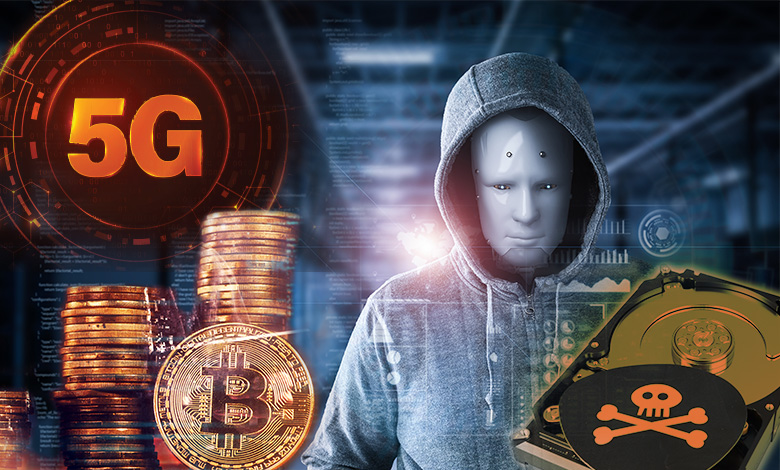In today’s technology landscape, a variety of cyber security threats make it challenging to keep systems and data safe. Here are the newest dangers you need to know about.
AI-Powered Threats: When you think of AI and machine learning, you probably think of positive applications. Smarter retail platforms like Amazon use AI to deliver customized shopping experiences. And businesses are leveraging AI to improve everything from the customer experience to back-end operations. Yet there’s a nefarious application lurking just under the surface. Hackers have begun to explore AI-powered applications for darker purposes. Symantec notes, “Attackers won’t just target AI systems, they will enlist AI techniques themselves to supercharge their own criminal activities. Automated systems powered by AI could probe networks and systems searching for undiscovered vulnerabilities that could be exploited. AI could also be used to make phishing and other social engineering attacks even more sophisticated by creating extremely realistic video and audio or well-crafted emails designed to fool targeted individuals. AI could also be used to launch realistic disinformation campaigns.”
Cryptojacking: If you follow the headlines, cryptocurrency has been an interesting topic. What many people don’t realize is that cryptocurrency is often generated by using computing power to build up currency balances over time—known as mining. Running server farms and maximizing returns gets expensive. This has led to criminal activities. Today, criminals are using malware and ransomware to hack servers, computers, and mobile devices. But they’re not locking up your data, and you’ll never receive a demand for money. Instead, they’re co-opting the computing power of those devices and putting it to work mining for currency. These attacks are hard to detect. The only sign may be a ping during a targeted scan or a device that slows down. Fundamentally, they’re hard to track back to the source. But they’re a rising threat: one source reported that 42% of organizations had been hit with cryptomining attacks in the first half of 2018.
5G Creates Risks: Do you remember when 3G speeds felt fast? For many business leaders, being without the fastest Internet connections can quickly hamper productivity. That’s why so many organizations and professionals have watched the development of 5G with such interest. 5G promises speeds that are faster than ever before, but the infrastructure that makes it possible has opened up more risks. 5G is comprised of many smaller touch points that weave together a stronger, faster network. Every device represents a new target point to hack. Phones, routers, and small wireless 5G hotspots are all hackable. 5G is also likely to increase the adoption of edge computing, an approach where devices connect directly to the network, rather than through a modem or router. Every device in a home or business—from a smart thermostat to an aging in-place medication reminder—could become a target.
Backup Ransomware Variants: One of the most alarming threats you need to watch for are ransomware variants targeting backups. Not long ago, having a good backup strategy was all you needed—and to be clear, it’s absolutely vital to your cyber security. However, criminals have developed malware that can penetrate backups and lay dormant until activated. For example, perhaps you experience a disaster and your data needs to be restored from backup. When your team sets out to do that, the so-called “attack loop” is kicked off. The ransomware creates a loop that makes it difficult—if not impossible—to restore your data. While there are many steps you can take, from diversifying your backup strategies to proactively scanning your backups, this new category adds another cyber security threat that’s important to monitor.
The Question Remains
What can a business do in the face of these emerging threats? First, start with the basics. Evaluate your existing infrastructure and cyber security plans. Do they provide adequate protection and defense? Second, evaluate whether you need specialized tools or upgrades that will give you the capability to take steps such as scanning devices for cryptojacking or ensuring your backups remain clean. Finally, explore how a Disaster-Recovery-as-a-Service solution could add another layer of protection and confidence that even as threats evolve, your data will remain safe and your business will be able to quickly get back online after a threat emerges.


